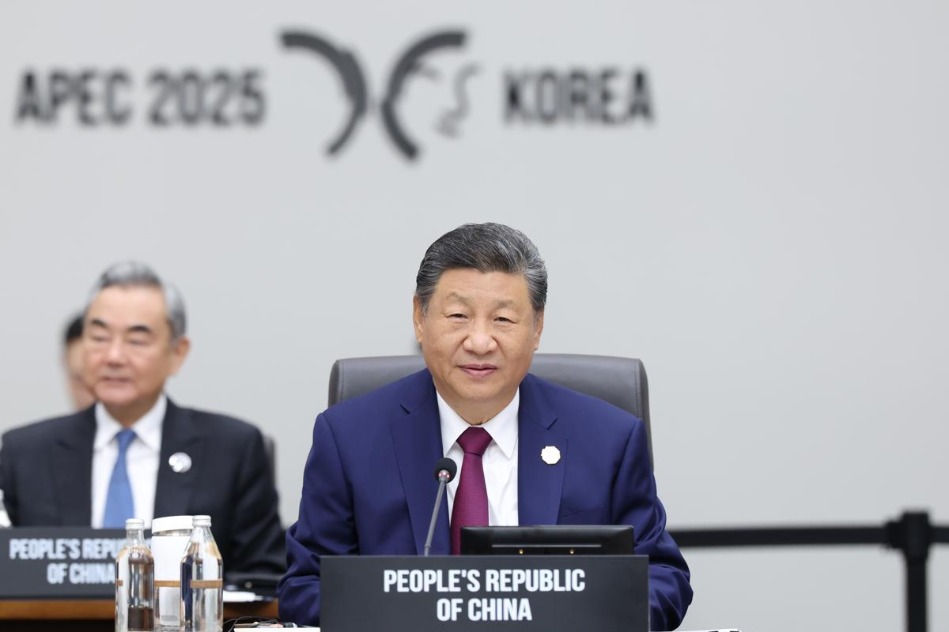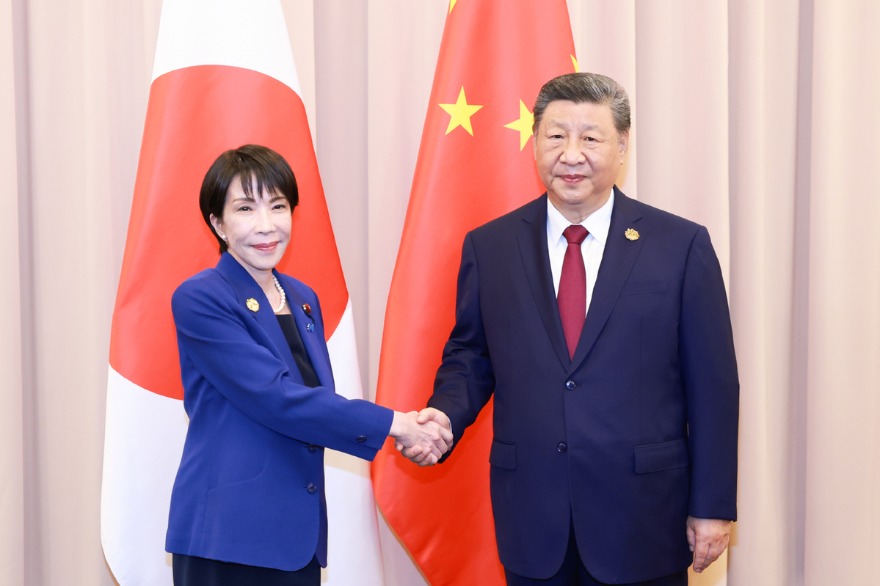Nation consolidates green energy transition


Supporting role
Last year, the operating hours at China's coal plants fell by eight hours on average, while the use of solar power generation rose by 56 hours on average, China Electricity Council figures show.
This trend is accelerating. In the first two months of this year, power generation in China rose by 0.7 percent year-on-year to 1.35 trillion kWh, with thermal power generation falling by 2.3 percent year-on-year, the National Bureau of Statistics said.
Luo said that like the China Three Gorges Corp project in Inner Mongolia, many of the nation's new coal plants are designed to provide backup rather than baseload power (generation sources available 24 hours a day). This power will support new large-scale wind and solar parks being built in deserts and plains, which will be connected by transmission lines to coastal industrial centers.
The transformation of coal, together with other technologies including carbon capture and storage, will further facilitate the green transition, Luo said.
CCUS, which offers a way to reduce emissions from sectors that are hard to decarbonize, remains one of the most effective methods for China to achieve significant emissions cuts. The government has also been working to bridge the gap between developing coal and curbing emissions through more investment in cleaner coal technologies.
A report released last year by energy company Shell said China, with an estimated 2,400 gigatons of capacity, has significant geological potential for storing carbon — second only to the United States.
























